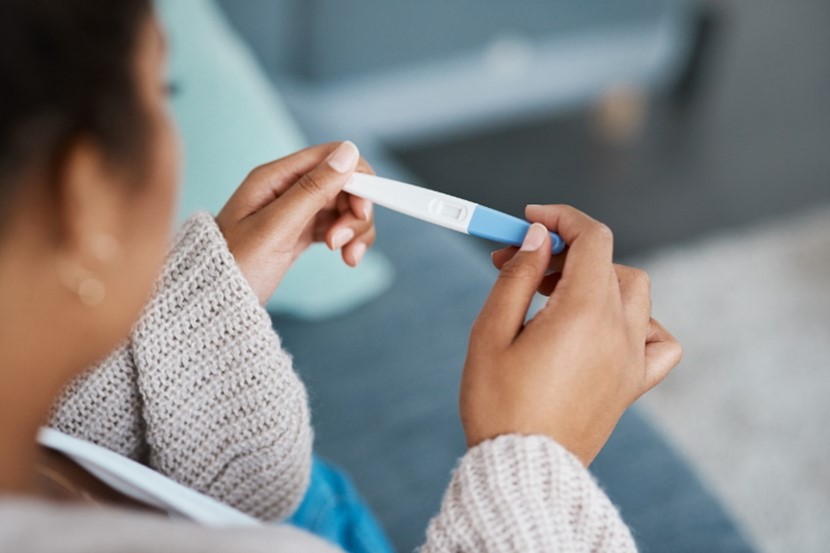How and when to take a pregnancy test

How do you know when it is best to take a pregnancy test? A woman’s body can be hard to read sometimes. Nausea, tender or tingling breasts, cramps and tiredness are all symptoms of both pregnancy and PMS, so even women who know their bodies well can second guess themselves. If you’re anxious to know what’s going on with your body, take a home pregnancy test. They’re easy to get hold of and simple to use.
Home pregnancy tests are available at both supermarkets and pharmacies nationwide. They work by detecting a hormone in your urine called hCG (human chorionic gonadotropin) which your body produces after an embryo implants, and display the results on a chemical or digital strip for you to read. Find out when to take a pregnancy test and how the test works below.
When is it best to take a pregnancy text?
It takes seven to ten days after successful implantation to have detectable levels of hCG for a home pregnancy test. For this reason it’s important not to take the test too soon, or you may get a false negative. Ideally you should to wait till the day your period is due, or even the day after. We understand you may not be sure the exact day your period due, and we also understand it can be very hard to wait, in which case you could consider the First Response brand of pregnancy test which claims to be sensitive enough to give you results six days before your missed period. If you do opt for an early test it’s important to remember the longer you can wait the more accurate your test result will be.
The best time of day to do your test is in the morning when you go for your first morning pee.
How to take a test?
If you don’t know how to take a pregnancy test, don’t worry – the process is easy. The method depends on the brand of pregnancy test you select, but the method will either be to collect your urine in a plastic container you can then dip the stick into, or to hold the stick directly in the stream of your urine. You’ll then simply need to wait for the given time frame (a matter of minutes) before reading the results. The instructions within the packet will make it clear what a positive result looks like – either a line/double line, a symbol or a certain colour. The instructions also usually contain frequently asked questions (FAQs) which can be really helpful. It sounds obvious but it’s important to make sure you’re absolutely clear what you’re looking for on that chemical/digital strip before you take the test, as emotions can cloud your thinking and there’s nothing worse than unnecessary confusion, elation, disappointment or panic!
Who to test with
Hopefully you can find a time and place where you feel comfortable taking the test. Take a moment to consider your who else will be in the house at the time. Are they the right person or people to share this private moment with, considering the results could go either way?
What happens next
If you’re not pregnant, this may come as a disappointment or a relief. Either way emotions can be running at a high. If you're feeling particularly vulnerable, find a close friend or family member with whom you can talk this through. Remember there is the possibility of a false negative if you ovulated later than you anticipated, or took the test too early, so you can wait a few days and test again.
If you are pregnant, congratulations! This is a momentous occasion, albeit in your bathroom! If you’re not sure what to do next, or who to tell now, check out our article on who to call.

